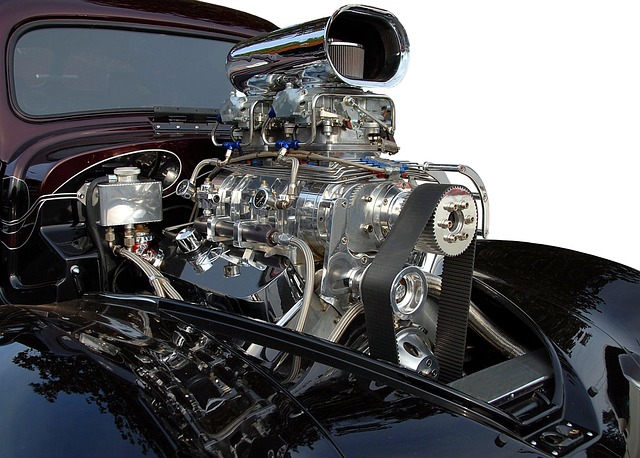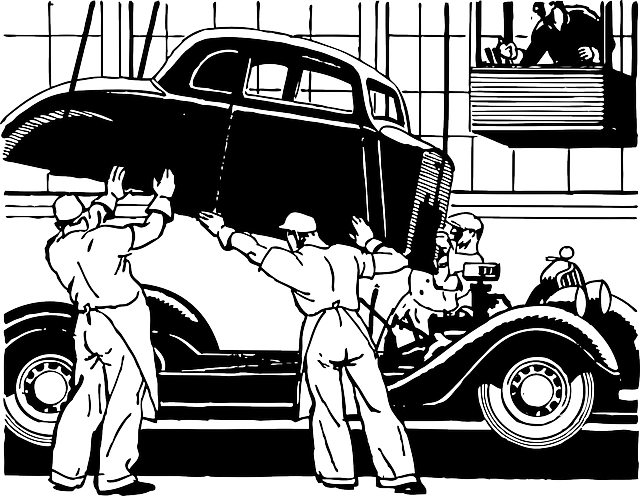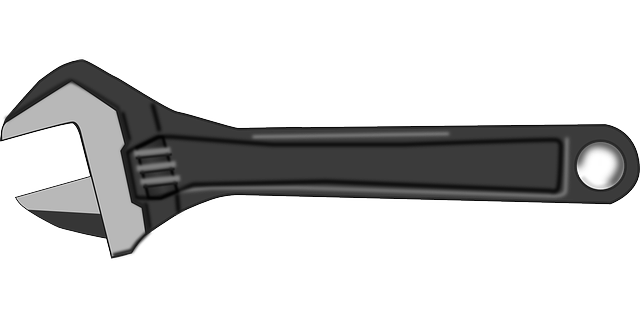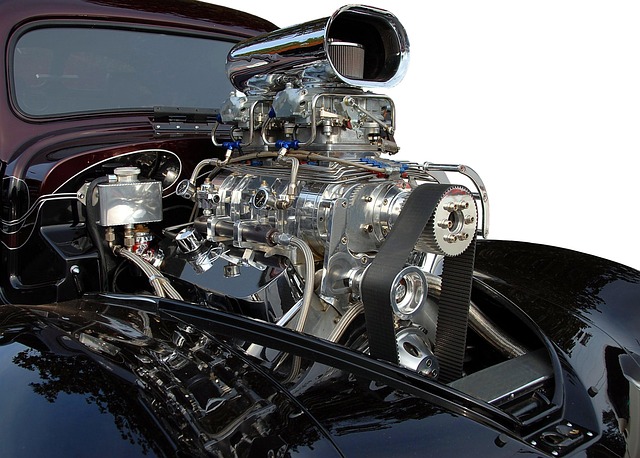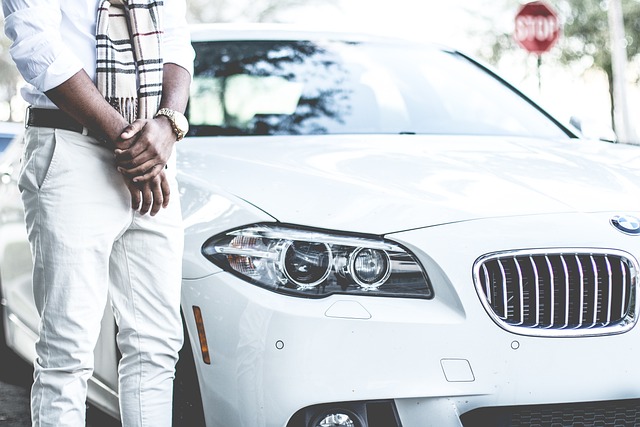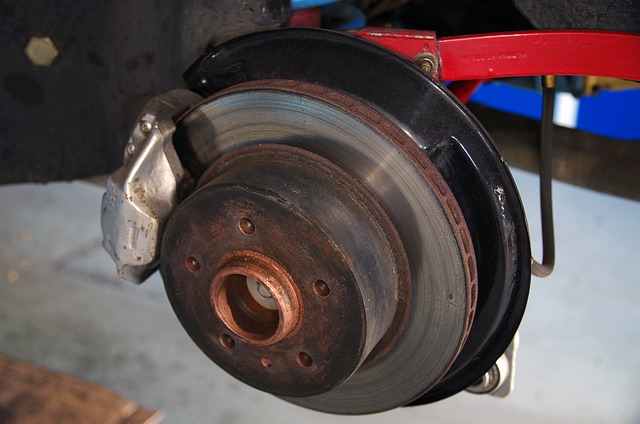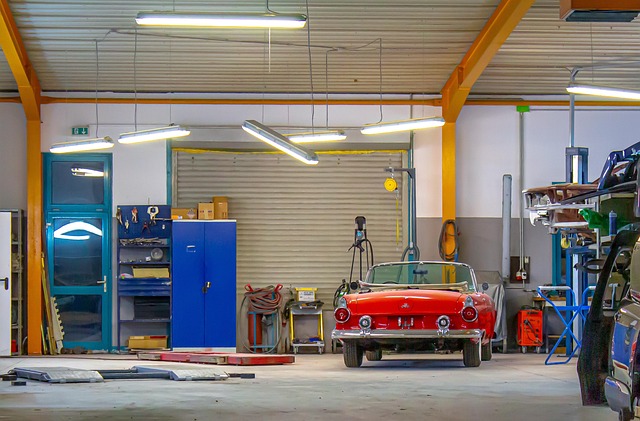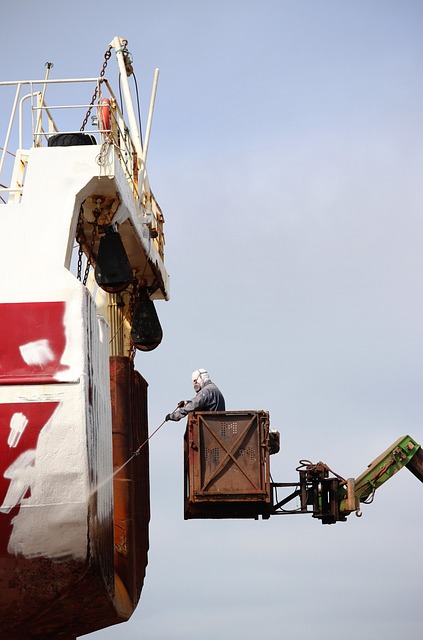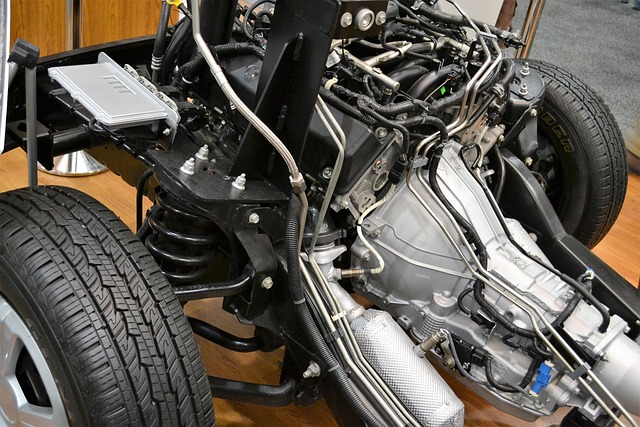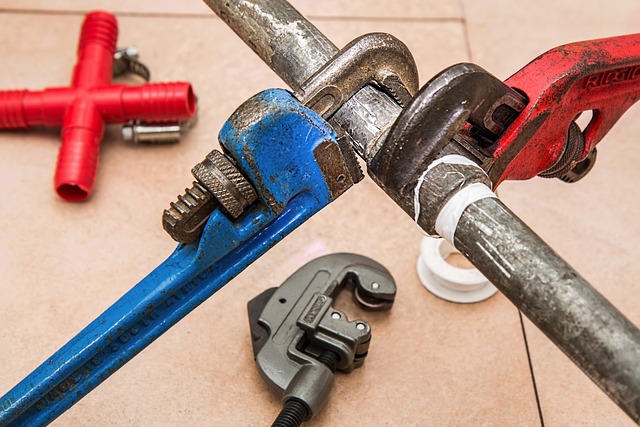Multi-panel damage on vehicles requires advanced dent repair techniques for structural integrity and aesthetic appeal. This guide offers a step-by-step approach, starting with assessment, preparation, and prying out dents. It involves applying auto dent repair putty, sanding, priming, and precise painting to match the car's original color. Regular washing, waxing, and inspections prevent future damage by protecting paintwork. Implementing these dent repair techniques and preventive measures ensures a seamless, durable finish for vehicle owners.
In the realm of automotive aesthetics, multi-panel damage presents a complex challenge. This article explores efficient solutions through coordinated dent repair techniques, addressing common causes and challenges encountered in real-world scenarios. We offer a comprehensive guide, step-by-step, for achieving long-lasting repairs. By implementing best practices, professionals can ensure precision, minimize residual damage, and prevent future incidents. Discover effective dent repair techniques that revolutionize the restoration process, enhancing vehicle beauty and value.
- Understanding Multi-Panel Damage: Common Causes and Challenges
- Coordinated Dent Repair Techniques: A Step-by-Step Guide
- Best Practices for Ensuring Long-Lasting Repairs and Prevention
Understanding Multi-Panel Damage: Common Causes and Challenges

Multi-panel damage on vehicles is a common issue that arises from various factors, presenting both challenges and opportunities for car body shops. Common causes include accidents, collisions, or even minor fender benders that can result in significant dents and creases across multiple panels. These incidents often lead to complex dent repair techniques required to restore the vehicle’s original appearance.
The challenges associated with multi-panel damage are multifaceted. Different metal types and panel configurations mean each case demands a tailored approach, making it less of a one-size-fits-all scenario. Moreover, ensuring precise alignment and seamless integration of repaired areas during car body restoration is crucial to maintaining the vehicle’s structural integrity and aesthetic appeal. Automotive repair professionals must employ advanced dent repair techniques to address these complexities effectively.
Coordinated Dent Repair Techniques: A Step-by-Step Guide

Coordinated Dent Repair Techniques: A Step-by-Step Guide
1. Assessment and Preparation: Begin by thoroughly inspecting the damaged area to understand the extent of the dent. Clean the surface, removing any debris or contaminants that could hinder the repair process. This includes using specialized cleaners and degreasers suitable for car body restoration. Ensure the panel is dry before proceeding to the next step.
2. Pry and Lift: Using precision tools, carefully pry and lift the dented area back to its original shape. This requires skill and a steady hand to avoid causing further damage. Once lifted, secure it temporarily with clamps or hold it in place manually. This step is crucial for achieving an accurate fit during the subsequent panel alignment.
3. Apply Putty: Cover the repaired area with auto dent repair putty, filling in any gaps and ensuring a smooth surface. Allow the putty to set according to the manufacturer’s instructions.
4. Sand and Prime: Once the putty is hard, lightly sand the area to create a smooth finish. Remove any excess putty and ensure the metal is clean and free of debris. Apply a primer to prepare the surface for painting, ensuring even coverage.
5. Paint and Finish: Finally, paint the repaired area with the exact match or closest available color to the car’s original finish. This involves careful application, following the manufacturer’s guidelines for drying times. Once dry, inspect the repair for any imperfections, ensuring a seamless blend with the surrounding body panels, completing the auto dent repair process.
Best Practices for Ensuring Long-Lasting Repairs and Prevention
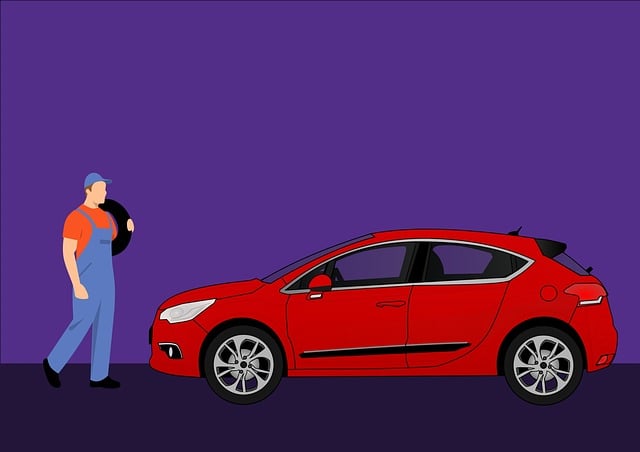
When it comes to multi-panel damage, the key to ensuring long-lasting repairs is consistent and coordinated application of dent repair techniques. The first step in this process is preparation—cleansing the affected areas thoroughly to remove any dirt or debris that could hinder the adhesion of repair compounds. Proper surface priming is also crucial; this involves applying a base coat that primes the metal for painting, guaranteeing a seamless finish once the repair is complete.
Regular maintenance plays a vital role in preventing future car scratch repair and vehicle body repair needs. This includes regular washing and waxing to safeguard the paintwork and protect it from environmental factors like UV rays and harsh weather conditions. Additionally, inspecting your vehicle’s bodywork for any signs of damage or wear can help catch issues early on, making prevention more effective and cost-efficient.
In addressing multi-panel damage, a coordinated approach using advanced dent repair techniques offers the most effective solution. By understanding common causes and implementing best practices, professionals can ensure long-lasting repairs that maintain vehicle aesthetics and structural integrity. These strategies not only enhance the visual appeal but also contribute to safety and resale value, making them essential for any automotive care regimen.
